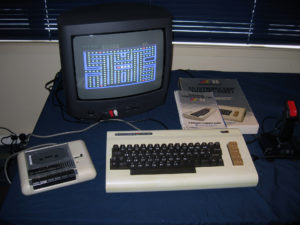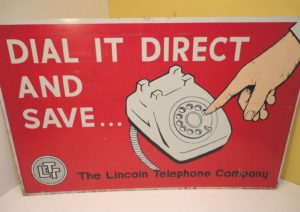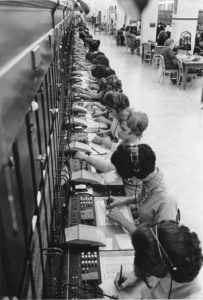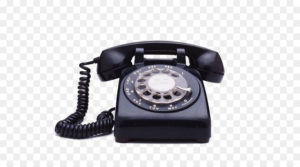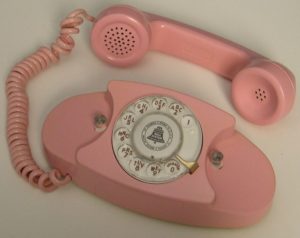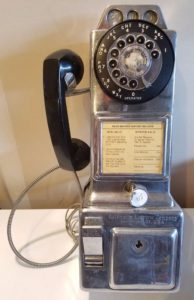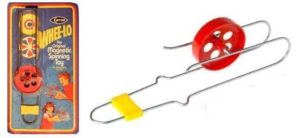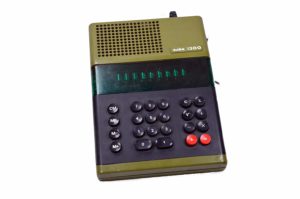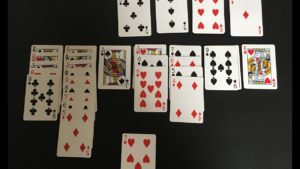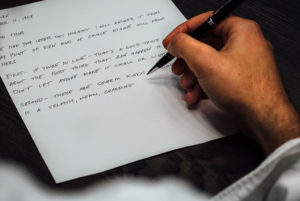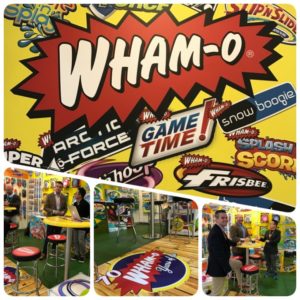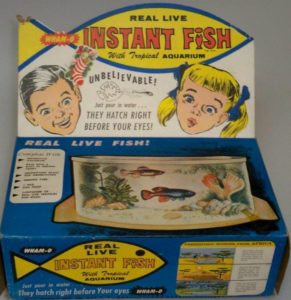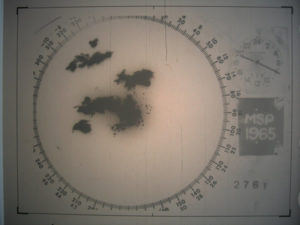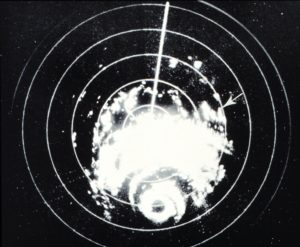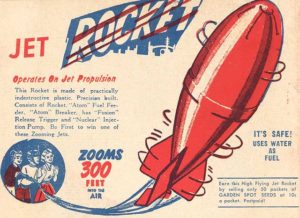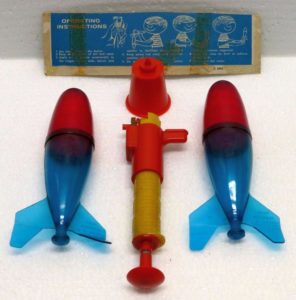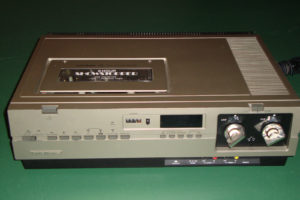
As I sit back and watch my episodes of The Sopranos that my DVR automatically records every Wednesday night from A&E, I sometimes think about days long ago when you either watched a show on TV, or you missed it. If you were watching Bonanza, and the telephone rang, or company came over, you didn’t see the ending. Your only hope was catching the rerun.
If you can recall TV from the early 50’s, even THAT was not an option. It was live, and the only recordings were kinescopes, which were films shot by pointing a camera at a television monitor.
The first kinescopes were useful for preserving performances for posterity, but they weren’t suitable for broadcasts, although they would be later used to air shows three hours later for west coast audiences.
This all changed in 1975. That was the year Sony introduced the Betamax. This machine was instrumental in turning the world into commercial-skippers, thanks to that handy remote control. It also meant that you could watch TV programs ANY TIME YOU WANTED TO. That was pretty profound stuff the first time we realized it.
Of course, that convenience would cost you. The Betamax recorder, which came with a 19″ Trinitron TV, cost $2495 in 1975. Yikes.
But VCR’s were the devices that taught us that when something cool and expensive comes out, just be patient. It will soon get INexpensive, and still be cool!
By the next year, you could get a rival VHS recorder for less than a thousand dollars. By 1985, when I finally sprang for one, it was down to $299. And it played back in stereo, too, so I could watch movies like Days of Thunder and listen to the stock cars roar by from the left side of my living room to the right!
It also came with a digital clock, which, if you’ll recall, usually flashed all zeros.
That leads to another new concept which arrived shortly after the VCR’s themselves: renting movies.
We rented movies because they were too stinking expensive to buy. A movie on tape circa 1978 could cost over a hundred dollars. As a result, we signed up at video rental outfits, and didn’t mind shelling out as much as fifty bucks to sign on! That seems outrageous today, but I recall my older brother, who obtained a VCR about 1980, ponying up that cash to join a store that required a 15 mile drive to get to.
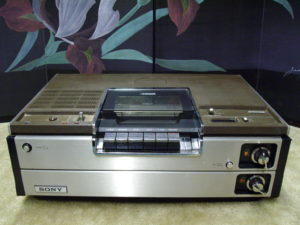
Oh, and the movies we watched. Years before the world wide web, VCR’s allowed you to watch ANYTHING you wanted to. The result was that many video rental places had a special “back room” that was opened to you by request only. You can guess what sorts of films were available in there. And, they generally were quite regularly rented.
In the meantime, Hollywood, in a rare moment of conscious thought, realized that the pricing structure for taped movies would have to be changed. Movie prices dropped dramatically, with many rental places being put out of business since you could buy a film for twenty bucks, the price of renting it four times. Paid memberships were also gone by the mid 80’s.
The buyers of the original Betamax machines, which had visibly better picture quality, were dismayed to see the VHS format win out. By 1998, you had to go to Japan to find a new one. But Sony kept cranking out a few each year until production finally ceased in 2002.
Today, the same situation exists in the high-definition DVD field with Blu-Ray vs. HD-DVD. If you invest in a player for either format, which are incompatible with each other, you run the risk of putting lots of bucks into a dead technology.
That’s okay. My standard DVD looks pretty darned good on my modest 30″ high-def TV. I’ll be happy to wait a few years while the two technologies slug it out. When I finally sprang for a VCR in 1985, it was clear who the winner would be.
